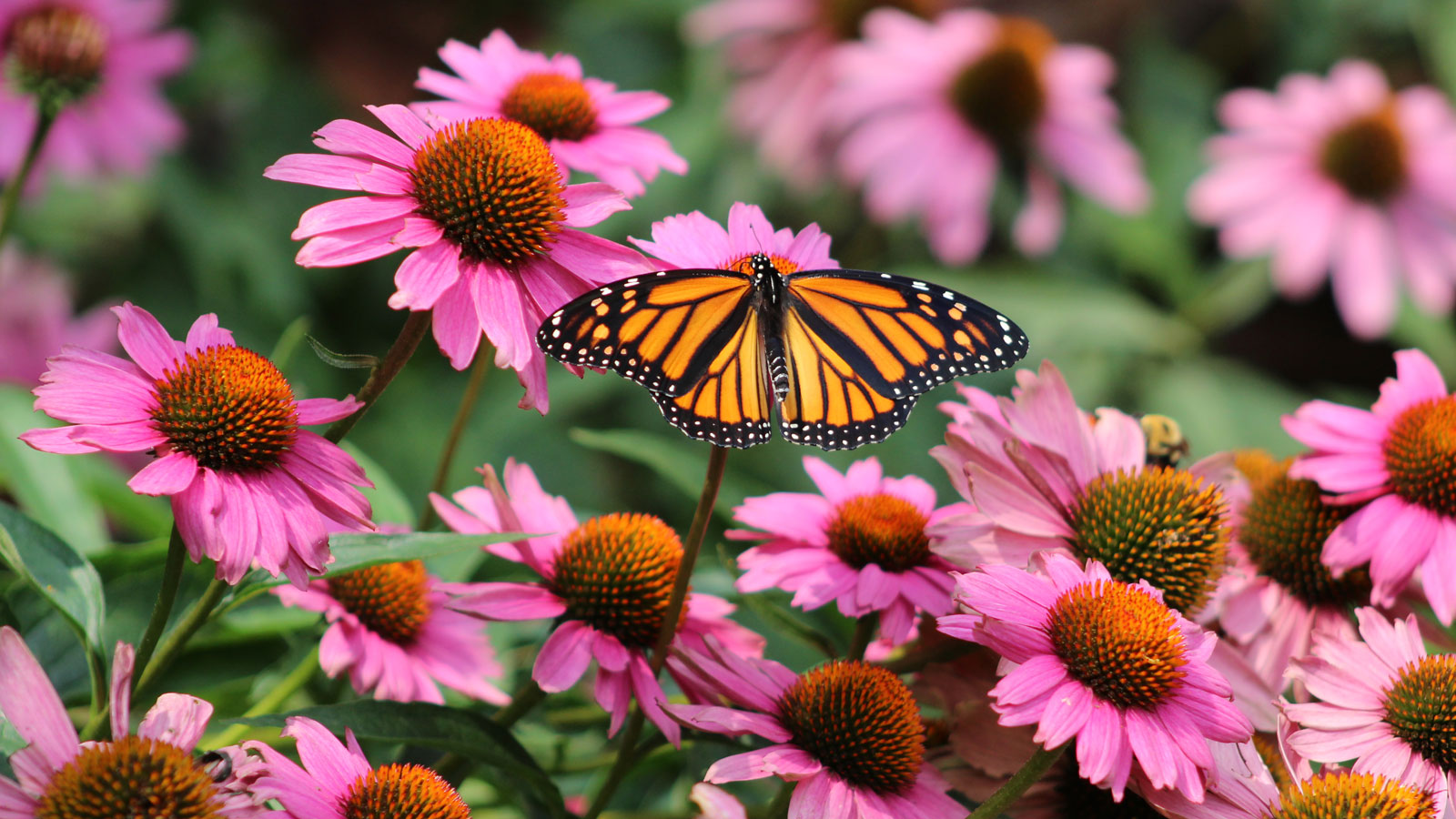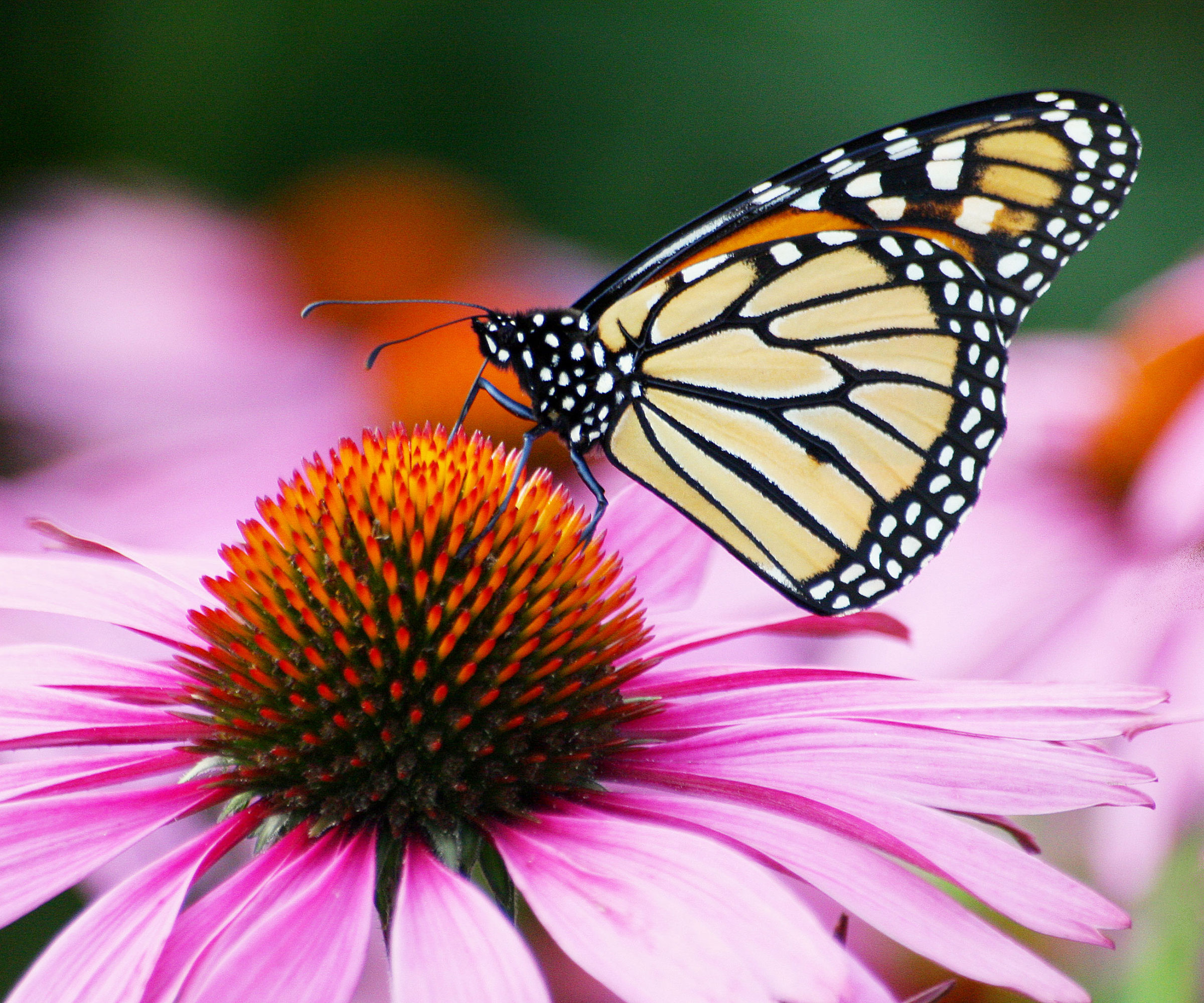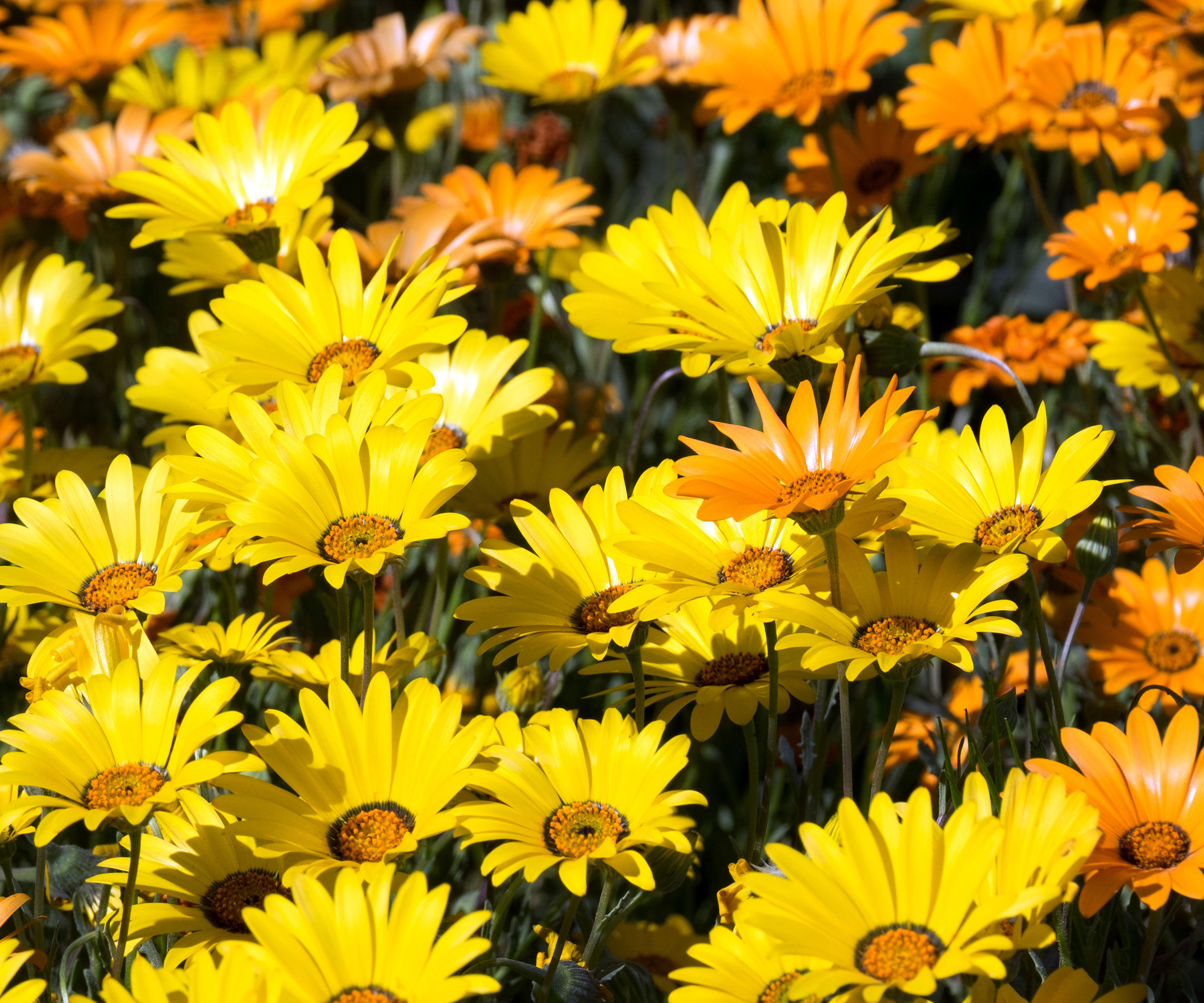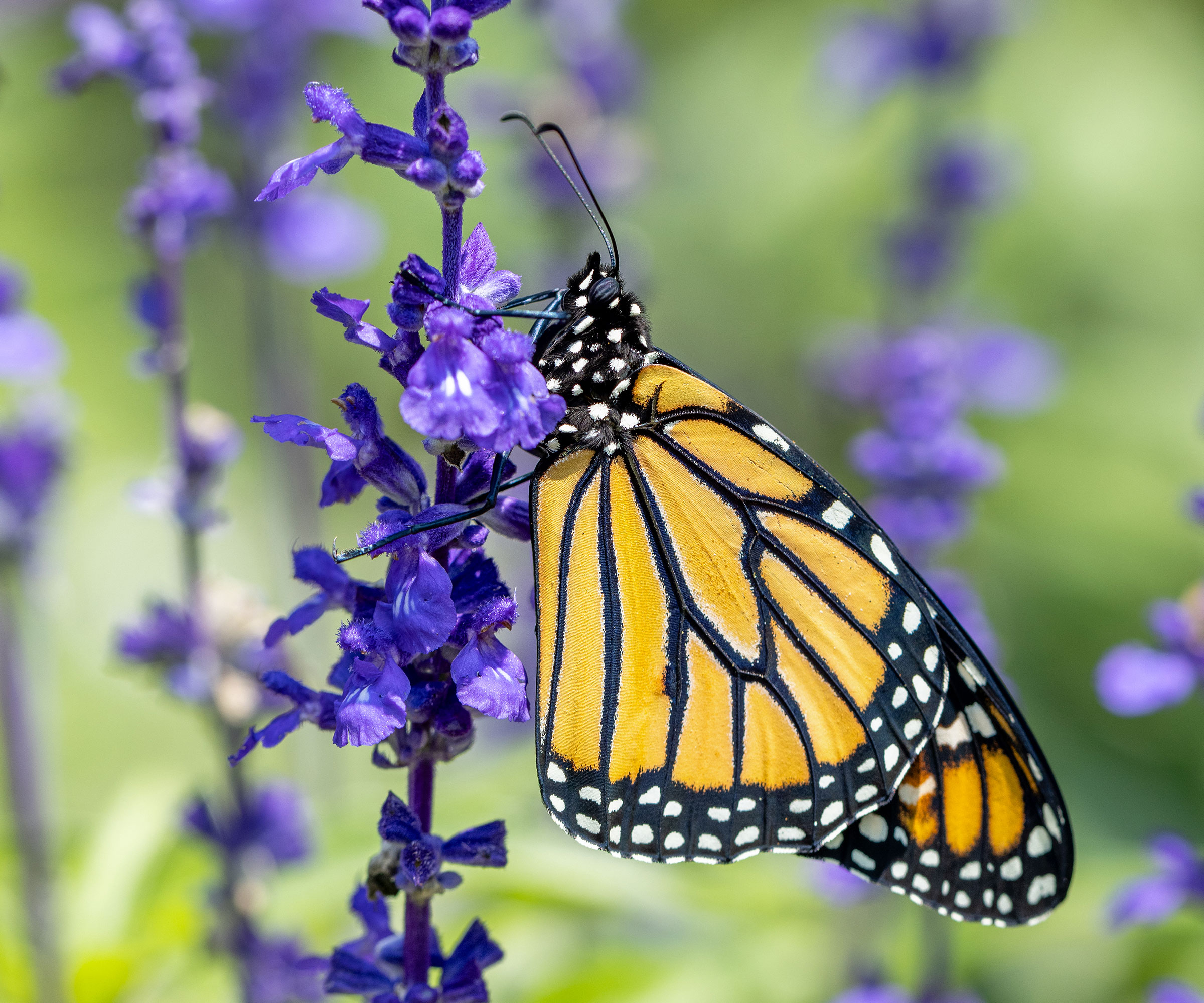Attract More Monarchs: 8 Best Flowers For Monarch Butterflies
Creating a floral haven for pollinators is one of life’s joys – and monarchs are some of the most precious. Here are the best flowers for monarch butterflies


Planting flowers for monarch butterflies is a service to all of us, and they are a welcome addition to any garden. If you are interested in selecting butterfly garden plants, monarchs are some of the most delightful. Recent declines in insect populations have prompted many gardeners to consider planting their own pollinator beds. Monarch butterflies are of special interest, needing to visit flowers that are both nectar-rich and serve as valuable host plants. So what flowers do monarch butterflies like? In this article, we will explore some of the best nectar flowers for monarch butterflies and their needs for growth.
Which Flowers for Monarch Butterflies are Best?
To attract monarch butterflies to your garden, your first focus should be on the creation of habitat. When selecting plants with flowers that are a significant source of nectar, consider host plants that will feed the monarch throughout its larval stage. These eight plants for monarch butterflies cover all the bases for your butterflies.
1. Milkweed
Milkweed plants are among the most common flowers that attract monarch butterflies and several species serve as hosts to monarch larvae. The plant’s milky sap plays a key role in the insect’s development, with caterpillars absorbing the sap’s toxins as they feed. Caterpillars retain these compounds into adulthood, which ultimately, serves as a much-needed defense against predators. Though many species of milkweed are native, there are some which should be avoided. Tropical or scarlet milkweeds are known to negatively impact butterflies due to their irregular bloom periods. Even common milkweed can become problematic, as it is known for its tendency to escape cultivation, becoming invasive to local ecosystems.
2. Purple Coneflower

Purple coneflower, or Echinacea, is considered among the best flowers for monarch butterflies. Perennial purple coneflower plants are known for their ease of growth and extended bloom periods. Though purple is the most common, newer hybrids offer gardeners flowers in shades of white, yellow, orange and red. Coneflower plants are readily available in spring, but can also be started from seed with relative ease.
3. Lantana
Lantana is an exceptionally popular feature in pollinator gardens due to its vibrant color and prolific flowers. Though these plants will only behave as perennials in USDA zones 8-11, most types can be grown and kept as annuals within borders and containers. Plant lantana varieties that produce blooms in shades of orange, pink, and red to attract the most flowers for monarch butterflies.
4. Mexican Sunflower

Also known as tithonia, Mexican sunflowers are ideal for a variety of reasons. With an extensive flowering period that lasts until the arrival of the first frost, the lasting color of Mexican sunflower plants is pleasing to gardeners as well as beneficial insects. Their late-season blooms serve as an invaluable source of food, particularly for migrating monarchs. Tithonia is easily grown from seed, with most gardeners choosing to direct sow after all chances of frost have passed in spring.
5. Buttonbush
True to their name, buttonbush plants produce large numbers of round, white blooms. Unique flowers provide an abundance of nectar to visiting pollinators, including a wide range of butterfly species. Once established, buttonbush is relatively carefree and demonstrates an impressive resistance to disease. Plants will grow best where soil remains consistently moist, with the shrub most commonly found growing near creeks, rivers and streams.
Sign up for the Gardening Know How newsletter today and receive a free copy of our e-book "How to Grow Delicious Tomatoes".
6. Salvia

Many gardeners consider salvia a key component of any good pollinator garden. Though their appearance and habit vary from one species to another, most types of salvia are considered to be a nectar-rich source of food for butterflies and other beneficial insects. Salvia plants like scarlet or clary sage are often among the most popular and they also add immense ornamental value to beds, containers, and/or designated pollinator pathways. Though most species will perennialize within USDA zones 8-11, gardeners outside of the plant’s hardiness range have found success growing it as an annual.
7. Bee Balm
Bee balm has long been known for attracting various species of bees, but it is also a plant frequented by monarch butterflies. Each season, small bee balm bushes produce large clusters of flowers in attractive shades of blue, purple, pink and red. Reaching approximately 3ft (1m) at maturity, these sturdy plants need only a little care in order to thrive. As bee balm is well-adapted to a wide range of climates, it’s a good perennial for USDA zones 3-9.
8. Zinnia

As well as being some of the most enduring flowers for monarch butterflies, zinnias rank among the best annuals for beginner growers. Zinnias are easily grown from seed and begin to flower quickly. Zinnias will continue to bloom throughout the entire summer season, producing more buds each time faded flowers are removed. For attracting monarchs to the garden, grow zinnias from series such as Benary’s Giant, California Giant or Lilliput.
Frequently Asked Questions
What Flowers Are Nectar Bearing for Monarchs?
Nectar serves a variety of purposes. The amount of and specific characteristics of nectar vary greatly from one species to another. Research each candidate for the garden before planting to make certain that the needs of your pollinators will be met.
Which Plants are Toxic for Monarch Butterflies?
By nature, monarch larvae consume toxic milkweeds as an important part of their lifecycle. These insects are immune to toxins within the plant, thus allowing them to feed on hosts. Though milkweed is not considered toxic to monarch butterflies, making certain to plant only the correct types in the garden will help to maintain the correct migration patterns, as well as prevent the spread of invasive species.

Tonya Barnett has been gardening for 13 years. Flowers are her passion. She has transformed her backyard into a cut flower garden, which she regularly chronicles on her YouTube channel http://www.youtube.com/@tonyawiththeflowers.